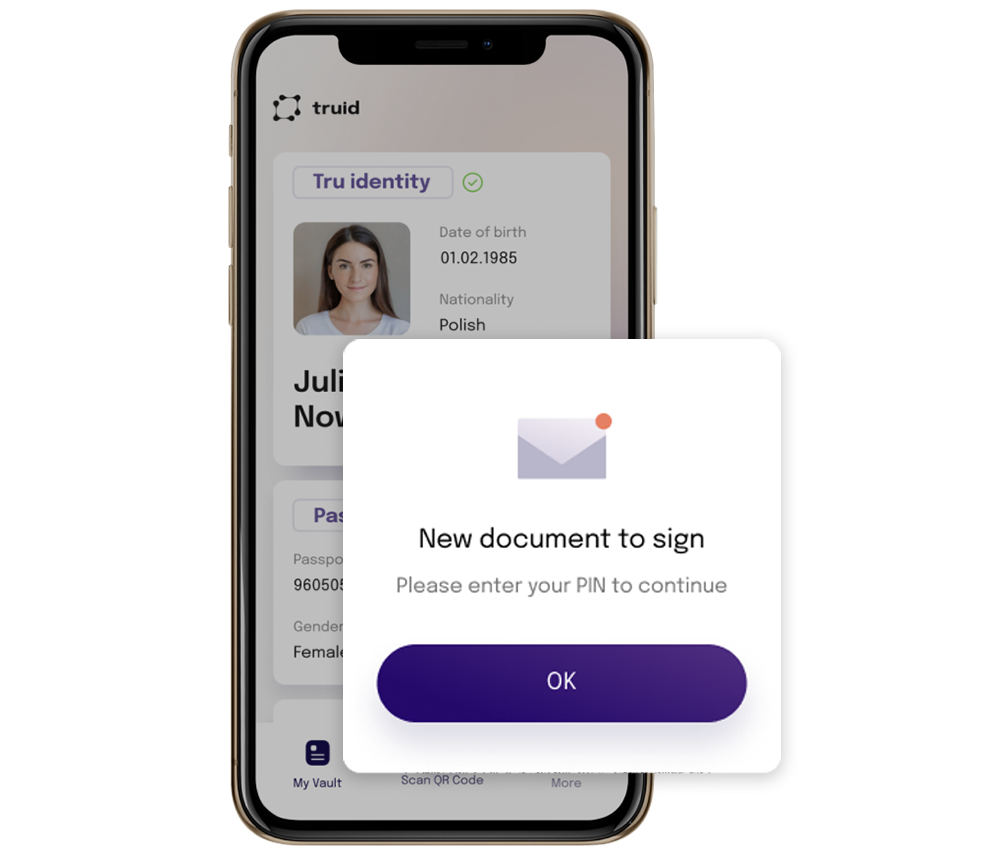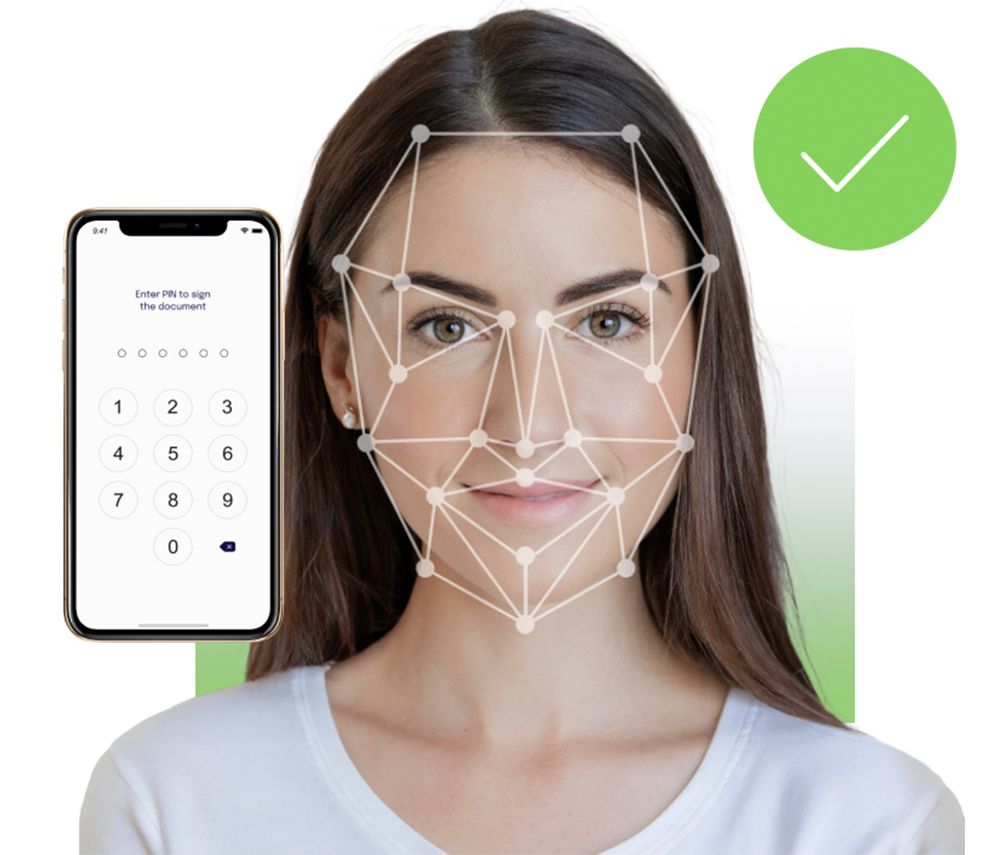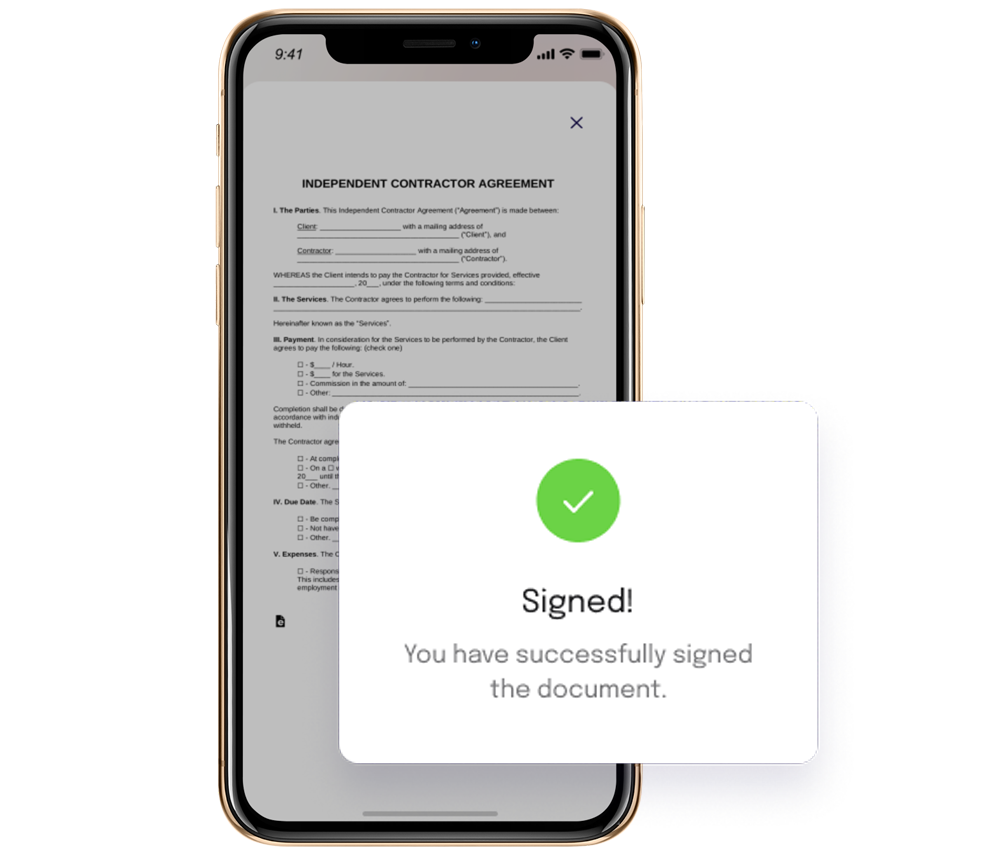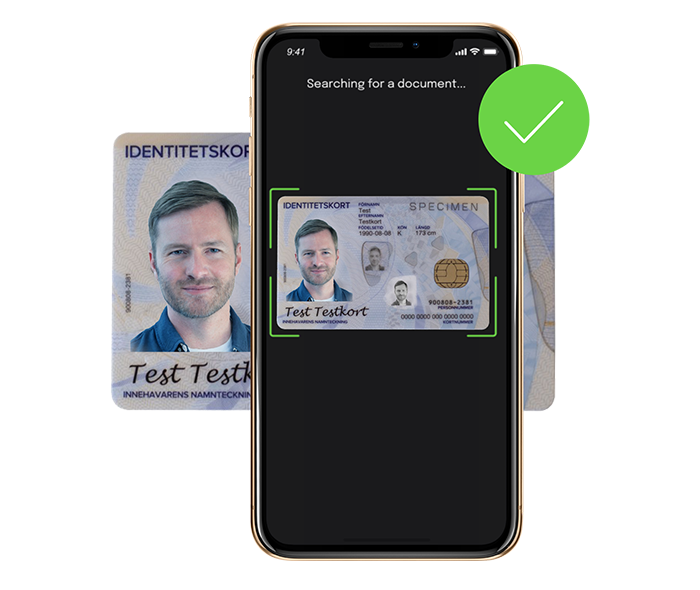Verified e-signature
While a simple electronic signature may be accepted in various jurisdictions, it fails to address the core issue of verifying the signer's identity. Truid offers a cost-effective solution to eliminate this fraud risk.
Different levels of esignature
1
Simple Electronic Signatures
Basic forms of online digital signatures where there is no requirement for the signatory to be uniquely identified. Provide minimal assurance and are typically used for low-risk transactions.
2
Advanced Electronic Signatures
Require a higher level of identity verification and are uniquely linked to the signatory. Offer more security as they are capable of identifying the signer and detecting any subsequent changes in the document.
3
Qualified Electronic Signatures
The highest level of digital signatures under eIDAS and more expensive. Require a qualified digital certificate issued by a trusted service provider. Legally equal to handwritten signatures within the EU.
We're all over the world!
A step by step guide to e-sign
How you e-sign a document with Truid

Step 1: Received document
Choose to sign with Truid

Step 2: Sign with Your PIN
Sign with your face, use biometrics

Step 3: Signed Document
The document is now successfully signed
Vital components of a sign
Integrity Assurance
It ensures that the signed content cannot be tampered with or forged.
Authenticity Assurance
It provides a record of the person who signed.
Non-Repudiation Assurance
It prevents the person from denying their involvement or the validity of the action.
"Finally a global identity verification service with digital signature capabilities"
Lars J.
CTO, CSign

How it works
Verify e-signature identities in 90 seconds
1
User wants to sign a document using your service.
2
User produce an passport, ID document or drivers license.
3
User goes through the process of verifying their identity in just a few seconds.
4
User allows data sharing to service.
5
Once identified, the user gets access to a reusable digital identity that can be used for instant e-signatures anytime.
Explore other features
Legal e-signature
Digital signature legality and identity verification


Legal framework
Identity verification for e-signatures


AES encryption
FAQs
Are electronic signatures safe?
To enhance safety, electronic signature platforms often use advanced security features such as multi-factor authentication, biometrics, and audit trails to track who signed a document and when. Compliance with relevant laws and regulations also contributes to the safety of electronic signatures.
Therefore, organizations and individuals must use reputable electronic signature solutions like Truid, to keep their systems and credentials secure, and stay vigilant against potential threats to ensure the safety of electronic signatures.
Is the e-signature provided by Truid legally binding?
Various countries have enacted electronic signature laws, like the United States' ESIGN and the EU's eIDAS Regulation,
However, it's crucial to consult legal experts and understand your local regulations to ensure compliance with the legality of digital signatures in your specific context.
What is the difference between a digital signature and an electronic signature?
A digital signature is a specific type of electronic signature. The key difference lies in the level of security and authentication they provide:
Electronic Signature:
- An electronic signature is a broad term that encompasses various methods of signing documents electronically.
- It can be as simple as typing your name, using a stylus on a touchscreen, or even clicking an "I agree" checkbox.
- Electronic signatures are often easier to implement and may not provide a high level of security or authentication.
Digital Signature:
- A digital signature is a more secure and advanced form of electronic signature.
- It uses cryptographic techniques to create a unique digital fingerprint (hash) of the document, which is then encrypted with a private key.
- This encrypted fingerprint is attached to the document, and recipients can verify the signature's authenticity using the sender's public key.
- Digital signatures provide a higher level of security and are typically legally recognized for more sensitive or important documents.
In summary, while both digital signatures and electronic signatures are used for signing documents electronically, digital signatures offer a higher level of security and authentication due to their use of encryption and public-private key pairs. Electronic signatures, on the other hand, encompass a broader range of electronic signing methods, some of which may be less secure.
Is it safe to use Truid for e-signing?
Using an e-signing verification app like Truid is safe for several reasons. To begin with, Truid provides a legally verified identiy of the signers, thereby creating what is called an Advanced Electronic Signature, in the eIDAS framework. Truid employs strong encryption, multi-factor authentication, and comprehensive audit trails for security.
Additionally, Truid protects privacy and gathers explicit consent. It also complies with electronic signature laws and receives regular security updates.
What makes a digital signature legal?
A digital signature is made legal when it meets certain key criteria:
Secure Technology
- Secure Technology: It must use secure cryptographic methods to ensure the authenticity and integrity of the signature.
- Signer Authentication: The identity of the signer must be reliably authenticated using various methods like government-issued IDs or biometrics.
- Intent to Sign: The signer must clearly demonstrate their intent to sign or agree to the terms.
- Agreement of Parties: All parties involved must agree to accept digital signatures as legally binding, either through contracts or relevant legislation.
- Compliance with Local Laws: It must adhere to the specific legal requirements and regulations governing digital signatures in the jurisdiction where it's being used.
Can anyone use my electronic signature?
These security measures help ensure that only you can use your electronic signature for authorized purposes, and others cannot easily impersonate you. It's important to safeguard your authentication credentials to prevent unauthorized use of your electronic signature.
Is it mandatory to verify a digital signature?
In many cases, such as legal contracts or important financial transactions, doing this is a standard practice to confirm that the document hasn't been tampered with and was signed by the intended party. However, the necessity to verify a digital signature may vary depending on the specific use case and legal requirements.
Unfortunately, the verification of a the identity of signers is not always mandatory, and in many cases firms accept what in eIDAS is called a simple electronic signature, i.e. you assume that a click confirms the identity of the signer. We highly recommend to verify the identity of signers.